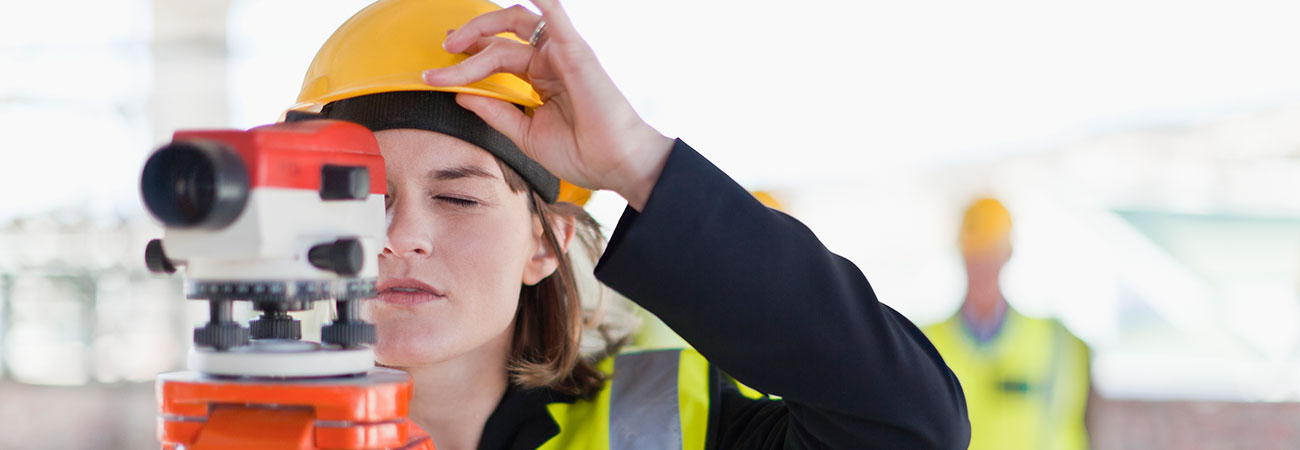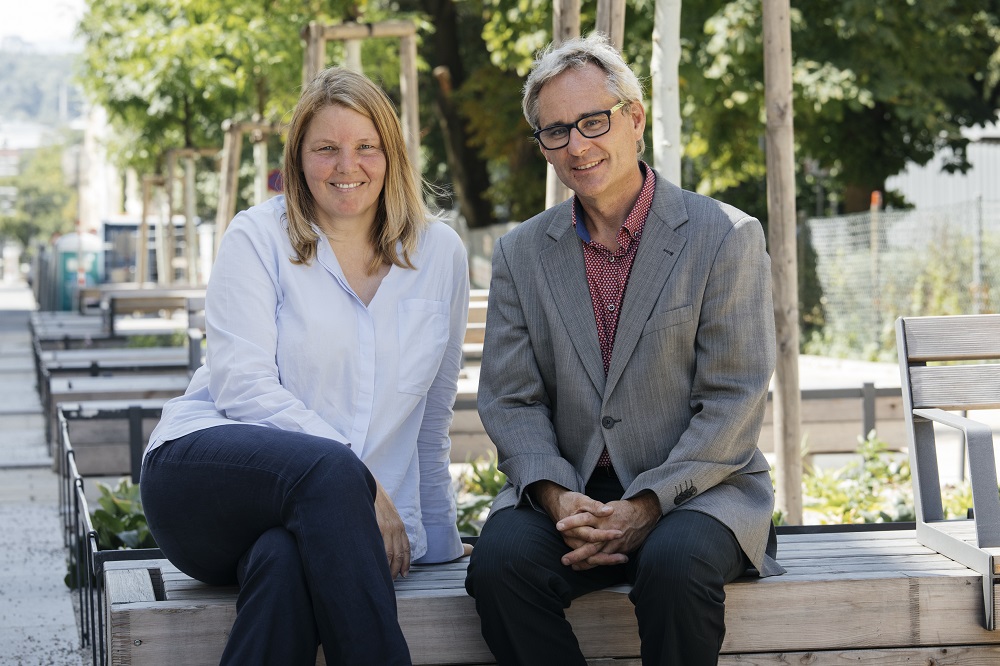It was plain to see that the seven water sculptures of the Wasserwelt were past their prime. Many of the features had to be put out of service due to misuse and littering. ‘The district administration decided to remedy this situation, modernize the area and make the water installations available to the public again,’ says Clarissa Knehs of Vienna’s Municipal Department for Architecture and Urban Design (MA 19).
As part of the project, around 800 passers-by were interviewed in several languages about what they would like to see in a redesigned Wasserwelt park. The survey yielded some interesting results. ‘The Tree of Life fountain, an eye-catching sculpture at the entrance of the Wasserwelt park, was generally seen as a landmark essential to the identity of the area and worth preserving, along with the Nakajima fountain,’ Clarissa Knehs explains. The goal of the project was to preserve the unique character of the Wasserwelt park.
This approach posed some special challenges for the implementation of the project. ‘We had to find a way to turn the existing features into something that would resonate well with the population, and to make sure that the new elements would blend in seamlessly with the existing infrastructure, all while keeping the costs down,’ explains project leader Franz Kainacher from the Vienna Municipal Department for Road Management and Construction (MA 28). He says that the project, co-funded by the IGJ/ERDF programme, successfully met these difficult objectives.
"At the city administration, we are working to use the space we have — a finite resource — for purposes that benefit the population. By redesigning the Wasserwelt park, we have created an attraction that is very popular with children and teenagers."
Franz Kainacher, Vienna Municipal Department 28, project leader
Interactive water features for all ages
Originally, the fountains were only intended to be looked at. During the overhaul launched in 2016, they were redesigned into interactive water features that can also be touched. ‘Fountains intended as merely visual displays don’t really fit today’s world. People want something they can touch, an environment where children can play and run around. Now we have splash fountains with in-ground nozzles and a little stream,’ explains Clarissa Knehs. She says there is a current tendency for people to make more intensive use of public spaces and points out that it’s important to respond to this trend.
For example, the Nakajima fountain was converted into a shallow pool. When looked at from the right angle, it reflects the church on the adjacent Kardinal-Rauscher-Platz square. ‘The people like it. We often see children splashing and wading through the pool,’ says Clarissa Knehs. The children of the nearby Johnstraße primary school can now walk to the after-school care centre across the street at ease because this stretch has been pedestrianised. Newly planted trees, playground equipment and comfortable seating installations made from wood have made the Wasserwelt park much more attractive as a place for relaxing and having a good time.


